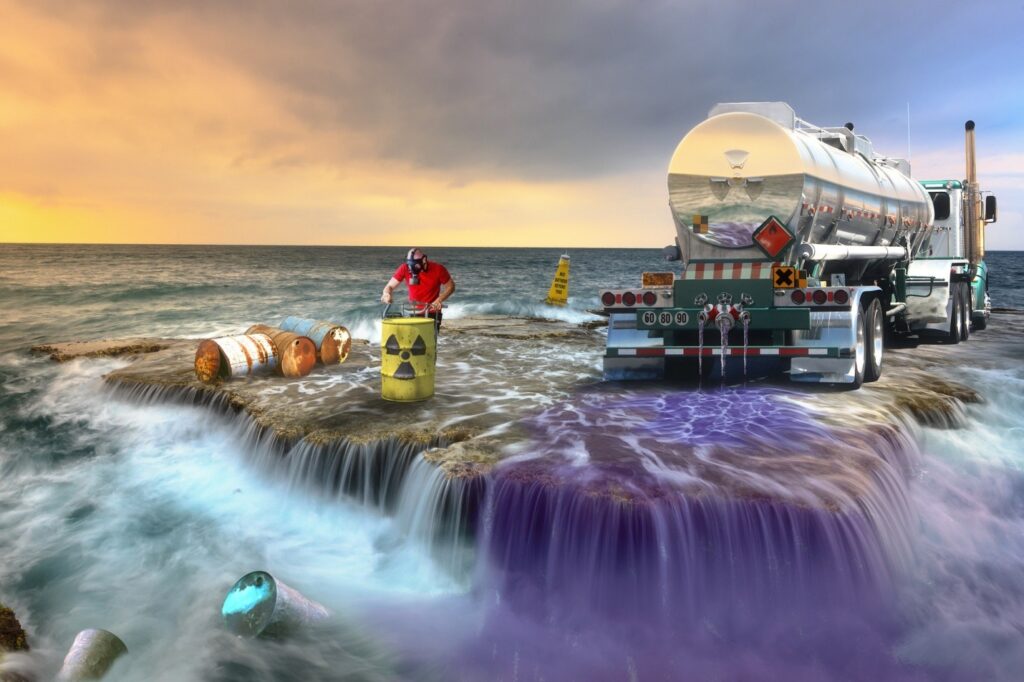The Definitive Guide to Reclaim Waste
The Definitive Guide to Reclaim Waste
Blog Article
Get This Report on Reclaim Waste
Table of ContentsSee This Report on Reclaim WasteThe Single Strategy To Use For Reclaim WasteNot known Details About Reclaim Waste Our Reclaim Waste DiariesThe Greatest Guide To Reclaim Waste
Residential sewage waste refers to the waste and items from a domestic septic tank. The appropriate management and disposal of domestic sewer waste call for liquid waste to be transferred to a sewer treatment plant where the correct methods and tools are applied to purify and dispose of waste.
Business waste typically consists of prospective risks, such as flammable products or a mix of fluid and solid waste products, and requires a more sophisticated and in-depth disposal procedure. The disposal of business waste usually includes the filtering of waste before transportation to ensure secure and appropriate disposal. Industrial waste is produced from results and overflow of commercial procedures and production.
This sort of waste can not make use of the very same sewage management transport or procedures as septic or commercial fluids. The commercial waste monitoring procedure calls for the assessment and testing of liquid waste prior to it undergoes the disposal procedure (liquid waste removal melbourne). Drainage waste is the fluid waste that originates from drainage and excess stormwater in extremely inhabited areas or cities
Runoff waste can trigger contamination and flooding if not dealt with correctly. Ensuring appropriate waste monitoring can protect against catastrophes and reduce environmental damage.
The Only Guide to Reclaim Waste
Call PROS Services today to discover our waste monitoring and disposal solutions and the proper ways to take care of the fluid waste you create.
(https://www.domestika.org/en/reclaimwaste1)This supposed 'wastewater' is not only a vital source however, after treatment, will certainly be launched to our land, waterways or the ocean. Utilized water from toilets, showers, baths, kitchen sinks, laundries and industrial procedures is understood as wastewater.

water utilized to cool equipment or clean plant and devices). Stormwater, a kind of wastewater, is drainage that moves from farming and urban locations such as roofs, parks, yards, roadways, courses and seamless gutters into stormwater drains pipes, after rain. Stormwater streams without treatment straight to regional creeks or rivers, ultimately reaching the sea.
What Does Reclaim Waste Do?
In Queensland, the majority of wastewater is treated at sewage treatment plants. Wastewater is moved from domestic or industrial sites through a system of sewers and pump stations, called sewerage reticulation, to a sewage therapy plant. City governments construct, keep and run most sewer therapy plants. Operators are accredited under the Environmental Security Act 1994 to release cured wastewater at an appropriate ecological requirement into waterways.
The Division of Natural Resources encourages regional governments about handling, operating and keeping sewage systems and treatment plants. In unsewered areas, city governments might require householders to mount specific or family sewage treatment systems to treat residential wastewater from commodes, kitchens, restrooms and laundries. The Department of Natural Resources authorizes making use of household systems when they are proven to be reliable.
In some brand-new class, treatment of some stormwater to eliminate litter, sand and crushed rock has started making use of gross contaminant catches. Wastewater treatment happens in 4 stages: Gets rid of strong matter.
Uses small living microorganisms recognizes as micro-organisms to damage down and remove remaining liquified wastes and fine bits. look at this site Micro-organisms and wastes are integrated in the sludge.
Reclaim Waste Can Be Fun For Anyone
Nutrient elimination is not readily available in all sewer therapy plants due to the fact that it calls for pricey specialized equipment. It is coming to be a lot more typical in Queensland. Clear fluid effluent created after therapy might still consist of disease-causing micro-organisms. If this effluent is launched into waterways such as rivers or the sea, the micro-organisms will eventually die out.

This normally implies wastewater has to be dealt with or impurities eliminated prior to it can be released to rivers. Most wastewater flows right into the sewerage system. Under the Act, city governments administer authorizations and permits for ecologically appropriate activities (Periods) entailing wastewater releases that might have a neighborhood effect. The department provides approvals and permits to ERAs entailing wastewater releases that may have a regional or statewide impact.
Getting The Reclaim Waste To Work
Surveillance offers accurate info about water top quality and can verify that permit problems are being met. The info obtained via monitoring gives the basis for making water top quality choices.
Report this page